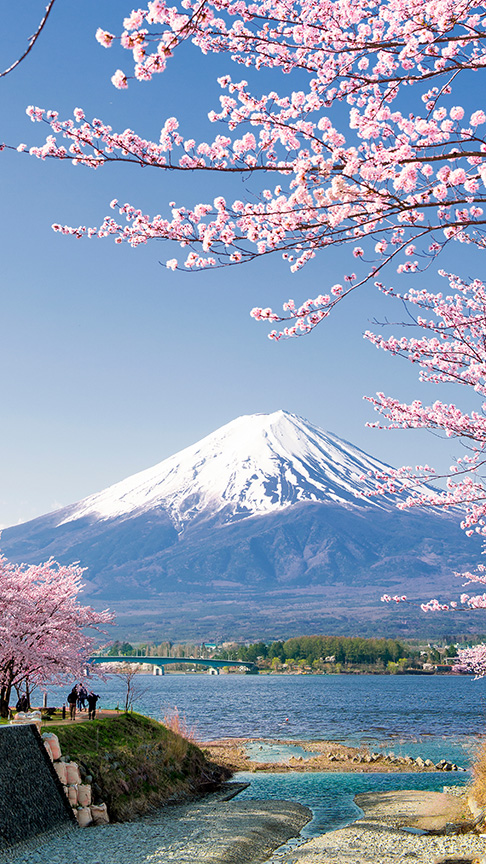My chemistry teacher at secondary school had a favourite joke: whenever anyone stared blankly at the blackboard, he would ask: “So which letter are you unfamiliar with?” What might sound funny when one’s alphabet contains only 26 letters is everyday life for the Japanese. Around 3,000 characters are used on a day-to-day basis, so even native speakers regularly encounter characters they either don’t know or have forgotten.
It is assumed that the earliest forms of the Japanese language arrived in Japan via the Korean peninsula in the first millennium before the common era. Around 1,500 years ago, the Chinese writing system was then brought to Japan together with the literature, religion and legal system of China. That said, the writing system was not a good fit for Japanese grammar, which was fundamentally different. Consequently, there was a gradual shift towards reproducing the sounds of the Japanese language with a limited number of abbreviated or quickly written Chinese characters – the Japanese syllabaries were born.
Over the course of the centuries, this gave rise to the mixed script that Japanese uses today, in which the Chinese characters – with their intrinsic meanings – are combined with the Hiragana syllabary for grammatical endings. A second syllabary, Katakana, is mainly used to reproduce foreign loan words, most of which are borrowed from English. And because the number of these is growing all the time, the appearance of the script is also gradually changing and becoming increasingly “un-Chinese”.
A writing system in which symbols are used can have advantages. Studies have found for example that higher reading speeds are achieved. The effort involved in learning the system is enormous, however. Internalising several thousand characters is a pretty monotonous process that drags on throughout a person’s time at school. The need to learn the script in order to live in Japan also serves as a considerable hurdle for professionals from abroad – posing a problem for Japan, which is currently having to deal with the consequences of a shrinking population.
It is to some extent extraordinary that such a complex writing system continues to exist in today’s hectic modern world. In the 15th century, Korea invented its own alphabet, which has often been described as the “world’s most logical writing system” and has replaced the Chinese characters. In Vietnam too, a writing system based on Latin letters rather than Chinese characters has become the norm. Interestingly, it was computer technology that helped preserve the script. The sounds of words and phrases are entered on a computer or smartphone and then converted into the corresponding characters. Ultimately, the writing system and its striking aesthetics are part of Japan’s cultural heritage and identity – the script reflects not only the Chinese influences of early history but also Japan’s creative and independent evolution. —


